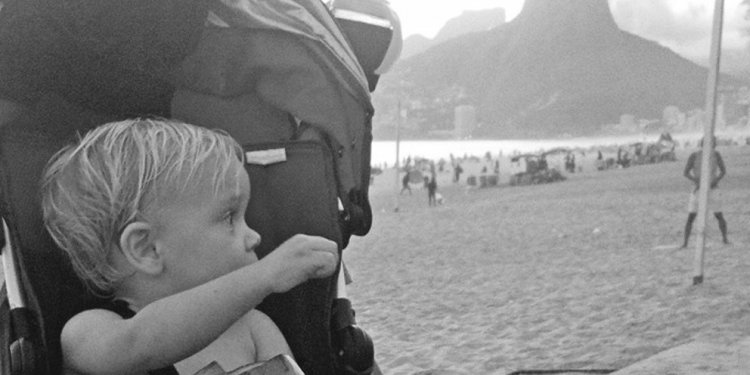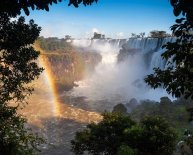
Best cities To visit in Brazil
 The Pantanal
The Pantanal
Almost 10 times the size of the Everglades and the world's largest freshwater wetland, the Pantanal serves as a lush reservoir which thousands of species of exotic plants and a highly concentrated, diverse mix of animals call home. Unlike in the Amazon, where the animals are hidden out of view, the Pantanal is positively busting with wildlife. With the biggest concentration of large animals in the New World, the Pantanal counts jaguars, giant otters, anacondas, caimans, hawks, Macaws, Marsh deer, Tapirs, egrets, herons, monkeys, and ibis as a few of its many species of inhabitants.
Heavy, seasonal rainfalls and flooding characterize the region and allow for the thriving growth of wildlife. And thrive it does; the Pantanal is home to over 700 species of birds (and is also an important migratory area for North American birds), 100 species of mammals, 260 species of fish and 80 reptile species. This environment sets the stage for one of the best bird and wildlife-spotting experiences imaginable.
 Most flights connect from Sao Paulo to the most popular take off city, Cuiaba in the Southern Pantanal. This area remains very much so untouched, and so offers a great opportunity to experience the Pantanal wetlands. Nearby is also the Chupada dos Guimaraes that offers excellent hiking trails and beautiful views.
Most flights connect from Sao Paulo to the most popular take off city, Cuiaba in the Southern Pantanal. This area remains very much so untouched, and so offers a great opportunity to experience the Pantanal wetlands. Nearby is also the Chupada dos Guimaraes that offers excellent hiking trails and beautiful views.
The second main destination is Campo Grande, in the Northern Pantanal. This area is a bit more developed, but does offer Bonito, an excellent stop for eco-tourists, the hard to reach and resultantly more pristine Corumba with various lodging options and great opportunities for the sports-fishermen.
One of the best ways to explore the Pantanal is just like the locals do: on horseback. There are very few roads that exist in the Pantanal, and horses can carry you into areas that otherwise couldn't be reached due to flooding and other conditions. Other methods of transportation are usually boats, four wheel drive trucks, and the occasional footpath.
An ideal stay in the Pantanal is a healthy 4-5 days; the longer you spend looking for wildlife, the better your chances of seeing it. At night there are tours available in which you can spot various night creatures including the seldom seen jaguars. The Transpantaneira, an abandoned roadway project that was meant to cross the Pantanal, now offers some of the greatest wildlife viewing spots.












